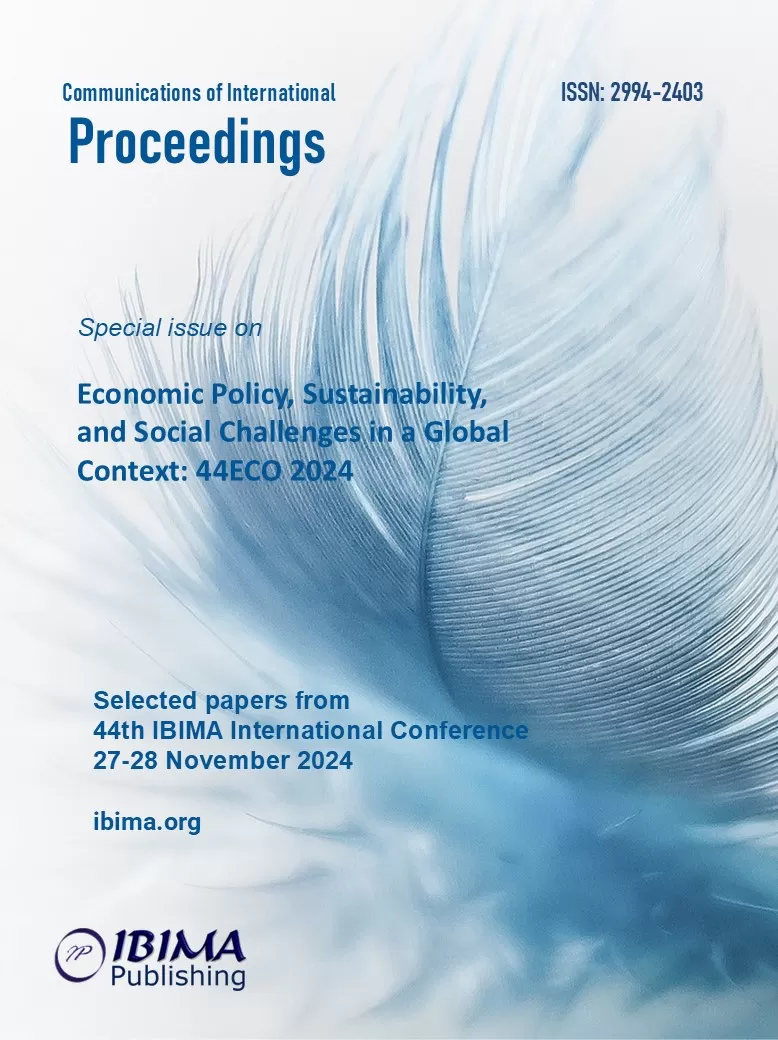
Marta KOLODZIEJ-HAJDO
AGH University of Krakow, Krakow, Poland

Purpose: One levy susceptible to tax avoidance and the occurrence of a tax gap, due to its design, is the value-added tax (VAT). Particular countries undertake different types of actions which aim is to restrict the pathologies related to this tax. In the case of Poland, this is a particularly significant problem. At the beginning of the second decade of the 21st century, the VAT gap in Poland was one of the largest in the EU Member States. In 2012, it amounted to 27%, while the average for the EU-28 had been calculated at 14.73%.
The purpose of the paper is to analyse the effectiveness of the VAT system sealing mechanisms, which are in operation in Poland. Methodology: The paper consists of three parts. The first presents the characteristics of the VAT gap. The second part presents of initiatives introduced by the Polish government aimed at reducing the VAT gap from 2011 to the present. The last part evaluates the implemented VAT sealing mechanisms. The article uses literature analysis, “documentary research method” and inference. The research focuses on analyzing the effectiveness of implemented VAT sealing mechanisms in Poland. Conclusions: Poland has decided to completely transform and digitize VAT reporting. Polish government has implemented a number of solutions and tools: legislative, systemic and organizational, which have had positive effects reducing the level of the VAT gap. The results obtained confirm the effectiveness of the implemented mechanisms (JPK VAT, STIR, Split Payment Mechanism, KSeF system etc.) and aimed at increasing the level of VAT obligations.